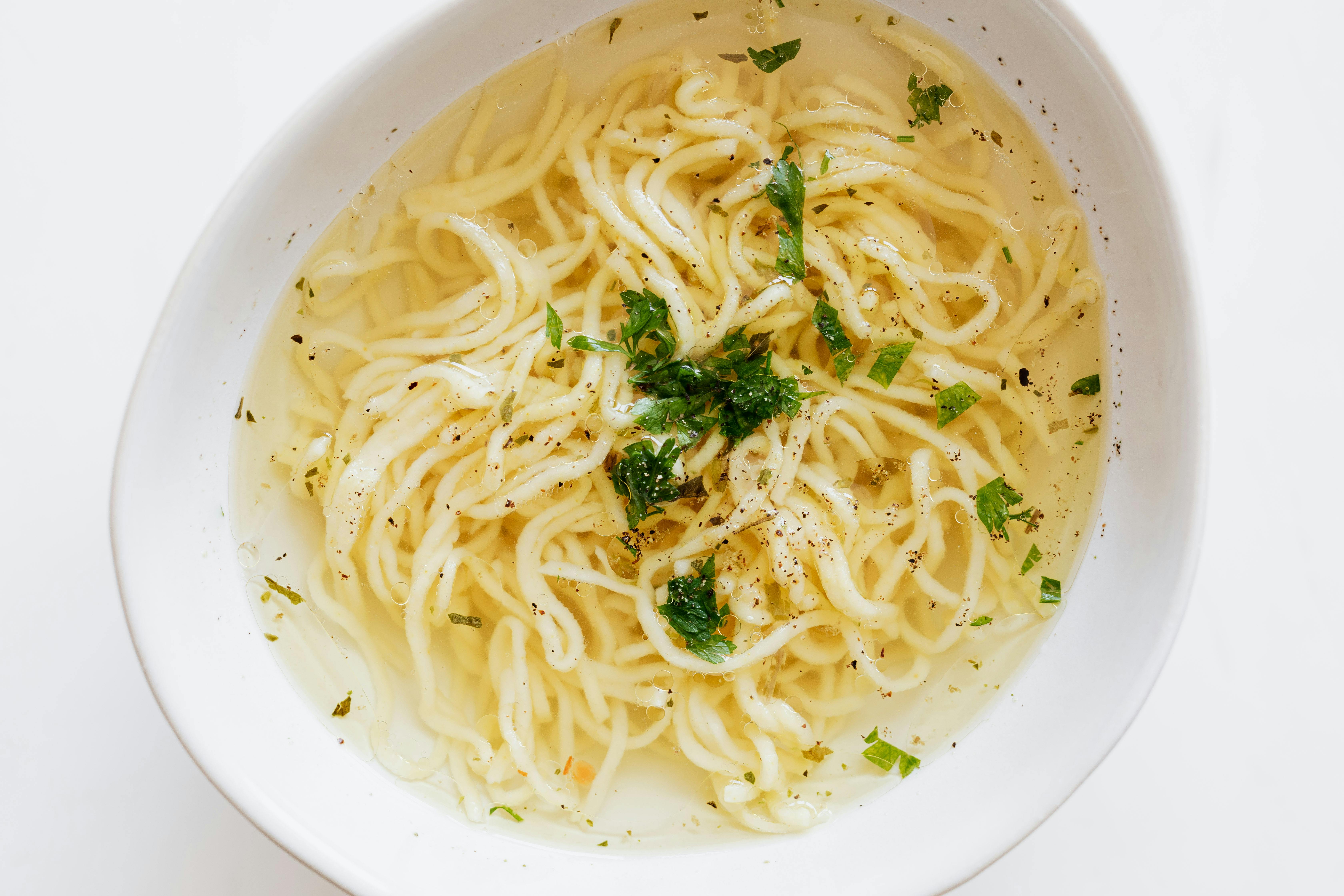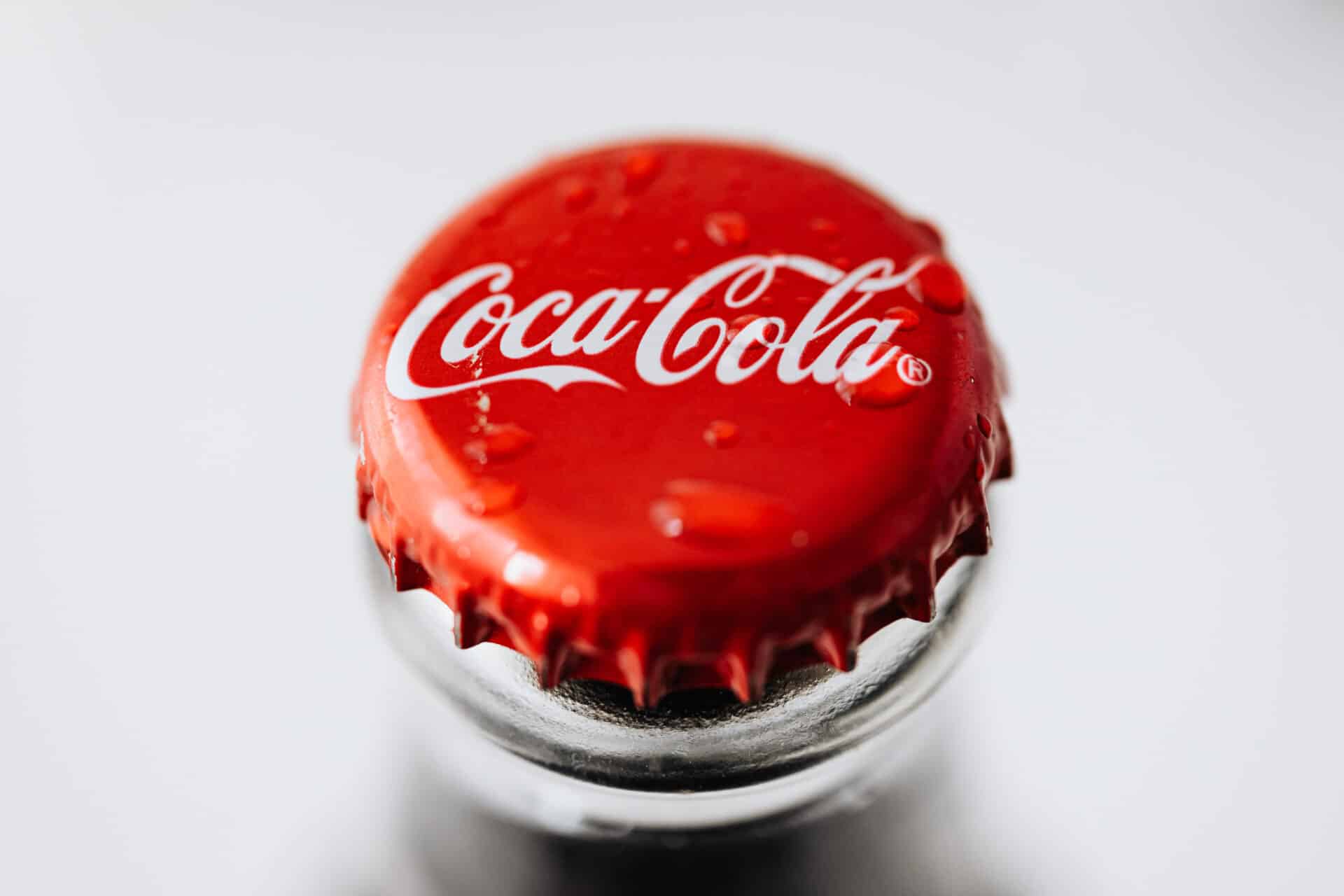Distilled water and boiled water are two different types of water that can be used for various purposes. Distilled water is created by evaporating and condensing steam, while boiled water is created by heating the liquid until it boils. Although both methods of purifying the water result in a product that is free of contaminants, there are some key differences between the two. In this article, we’ll look at what makes distilled and boiled water different from one another and how each type of water can be used in various applications.Distilled water is water that has been boiled and condensed back into a liquid. The boiling process removes any impurities or minerals from the water, making it pure and suitable for many uses. Distilled water is commonly used as drinking water, in steam irons, car batteries, and medical equipment such as dialysis machines.
Boiled Water
Boiled water is water that has been heated to its boiling point, which is 100°C (212°F) at sea level. It is the most common method of making water safe for drinking because boiling destroys any harmful bacteria and other microorganisms that may be present in the water. Boiling also eliminates any unpleasant tastes or odors that may be present in the water. Boiled water can be used for a variety of purposes, including drinking, cooking, sanitation, and medical treatments.
When boiling water, it is important to use a pot or pan with a lid to prevent contamination from airborne particles. The boiling process should continue until the temperature reaches 100°C (212°F). Depending on factors such as altitude and atmospheric pressure, this may take several minutes. Once the temperature has reached 100°C (212°F), remove the pot or pan from heat and allow it to cool before using it for drinking or other purposes.
Boiled water can also be used for sterilizing medical instruments and cleaning wounds. This involves submerging the items in boiled water for several minutes before draining and wiping them clean with sterile
Are Distilled Water and Boiled Water the Same?
No, distilled water and boiled water are not the same. Although both processes involve heating water to eliminate impurities, boiled water does not remove all contaminants from the water whereas distilled water does. Boiling water kills bacteria and other microorganisms and dissolves minerals such as calcium and magnesium, but it does not remove all other dissolved solids from the water. On the other hand, distillation involves heating the water to its boiling point so that it evaporates. The vapor is then collected and condensed back into a liquid form, which is free of contaminants like heavy metals or salts.
The main difference between boiled and distilled water is their mineral content. Boiled water still contains some minerals while distilled water has none at all. This makes distilled water more suitable for specific applications such as car batteries or medical equipment where mineral-free liquid is required. Additionally, distilled water also has a longer shelf life than boiled water because it does not contain any microorganisms that can cause spoilage.
In conclusion, although both boiled and distilled water provide some form of purification, they are not the
What Is the Difference Between Distilled Water and Boiled Water?
Distilled water and boiled water are both used for various purposes, but there are some key differences between them. Distilled water is created by boiling water and then condensing the steam into a clean container, leaving many impurities behind. This process removes minerals and other contaminants, creating a pure form of water that is suitable for various uses. Boiled water is simply heated to a temperature that kills most bacteria and other organisms, but minerals and other contaminants are still present. While boiled water has been shown to be safe for drinking in many cases, it may contain more impurities than distilled water.
The main purpose of boiling or distilling water is to make it safer to drink or use in food preparation. Boiling will kill bacteria and other harmful organisms that can cause illness, while distilling removes many of the impurities that can cause unpleasant tastes or odors. Additionally, distilled water does not contain any minerals which can cause staining or scaling in appliances such as coffee makers or kettles.
Distilled water is commonly used in medical settings where purity is important
Boiling Distilled Water
Boiling distilled water can lead to further purification, as the process of boiling removes some impurities and contaminants. Boiling water is especially effective at removing bacteria, viruses, and other living microorganisms that may be present in the water. Boiling also helps to remove some dissolved solids and gases from the water, such as chlorine and sulfur compounds. Boiling does not remove all contaminants from water, but it is an effective way to make contaminated water safer for consumption.
The process of boiling distilled water is fairly straightforward: heat the distilled water until it reaches a rolling boil. Boil for at least one minute to ensure that all bacteria and other microorganisms are killed. Allow the boiled distilled water to cool before consuming or using it for other purposes. This process will help to ensure that any remaining impurities or contaminants are removed from the boiled distilled water.
It is important to note that boiling does not remove all contaminants from the distilled water. Certain compounds, such as heavy metals, may be too heavy to be removed by boiling alone. Additionally, chemical pollutants may not be removed by boiling either; if chemical

Why Is Distillation Used for Purifying Water?
Distillation is a process used to purify water by separating it into its components. It involves heating the water until it turns into steam, which is then condensed back into liquid form. This process eliminates many contaminants, such as bacteria, viruses, and other particles. The process of distillation also removes dissolved solids, including salts and minerals, leaving only pure water behind. The result is a clean and safe drinking water source that can be used for cooking and drinking purposes.
The use of distillation for water purification has been around for centuries. Ancient civilizations used the sun’s heat to evaporate sea-water and capture the resulting condensation for drinking purposes. In modern times, this method has been adapted to large-scale industrial applications as well as small-scale home use.
Distillation is an effective method of removing most contaminants from the water because it works on a molecular level. During the process of distilling, molecules are separated based on their boiling points – lighter molecules evaporate first while heavier molecules remain in the liquid form. This means
How Does Boiling Purify Water?
Boiling is one of the most widely used methods for purifying water. It is a simple, yet effective way to make water safe to drink. Boiling kills microorganisms such as bacteria, viruses, and parasites. It does this by using heat to break down the cell walls of the organisms. This makes them unable to reproduce or survive, thus purifying the water.
Boiling also helps remove dirt, sediment, and other impurities from the water. As the water boils, these substances are forced out and rise to the top of the pot. This can be seen as a thin scum on top of the boiling water. The scum can then be removed with a spoon or ladle before drinking the boiled water.
Boiling is an effective way to make contaminated water safe for drinking, however it does not filter out all impurities and chemicals from your water. For this reason it is important to use a filter or chemical treatment along with boiling in order to make sure that all contaminants are removed from your drinking water.
Distilled or Boiled Water for Drinking?
When it comes to drinking water, there is some debate about whether distilled or boiled water is better. Both of these processes have their advantages and disadvantages, so it is important to understand the differences before making a decision.
Distilled water is created by boiling water and collecting the steam in a condenser tube. This process removes any minerals, bacteria, or other particles from the water which can make it taste better and be safer to drink than untreated tap water. The downside of this process is that distilled water can lack essential minerals that are necessary for good health.
Boiled water has been heated to boiling temperatures and then cooled down again. This kills any bacteria or other contaminants in the water, making it safe to drink without additional treatments. It also retains some of its essential minerals which can make it a healthier option than distilled water. The disadvantage of boiled water is that it can have an unpleasant taste if not cooled properly after boiling.
Both distilled and boiled water can be beneficial depending on your needs. Distilled water may be a better choice if you

Conclusion
Distilled water and boiled water have many differences, but they are both safe options for drinking. Boiled water is generally considered to be a better choice than distilled water as it can contain some beneficial minerals, while distilled water can strip away essential nutrients. Both types of water can be used for different purposes, but boiled water may be preferable for drinking due to its higher mineral content. Ultimately, the decision on which type of water to consume should depend on individual preferences and needs.
In conclusion, distilled and boiled waters are not the same because they differ in terms of mineral content and other properties. Both types of water are considered safe for human consumption, but boiled water may provide more benefits due to its higher mineral content.

